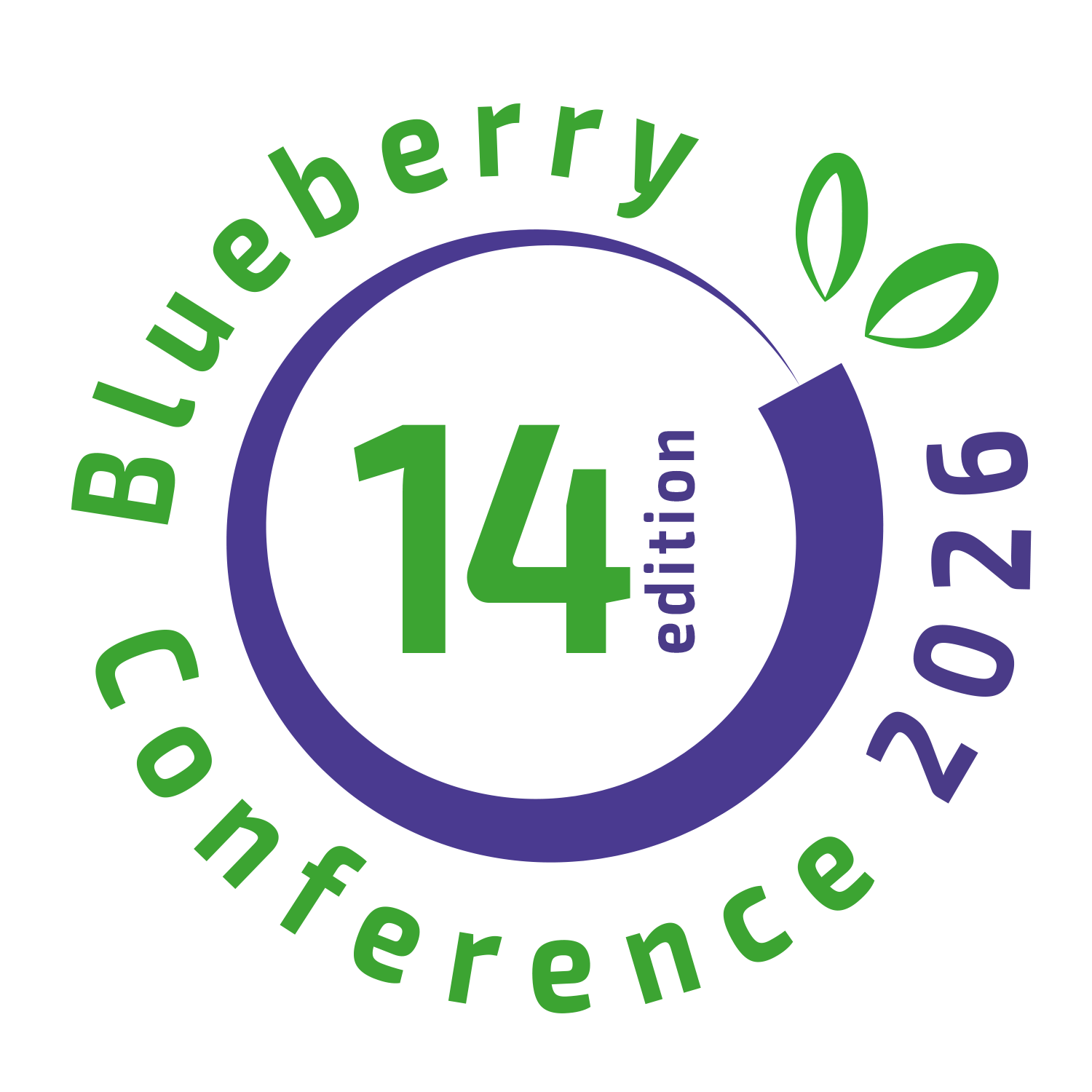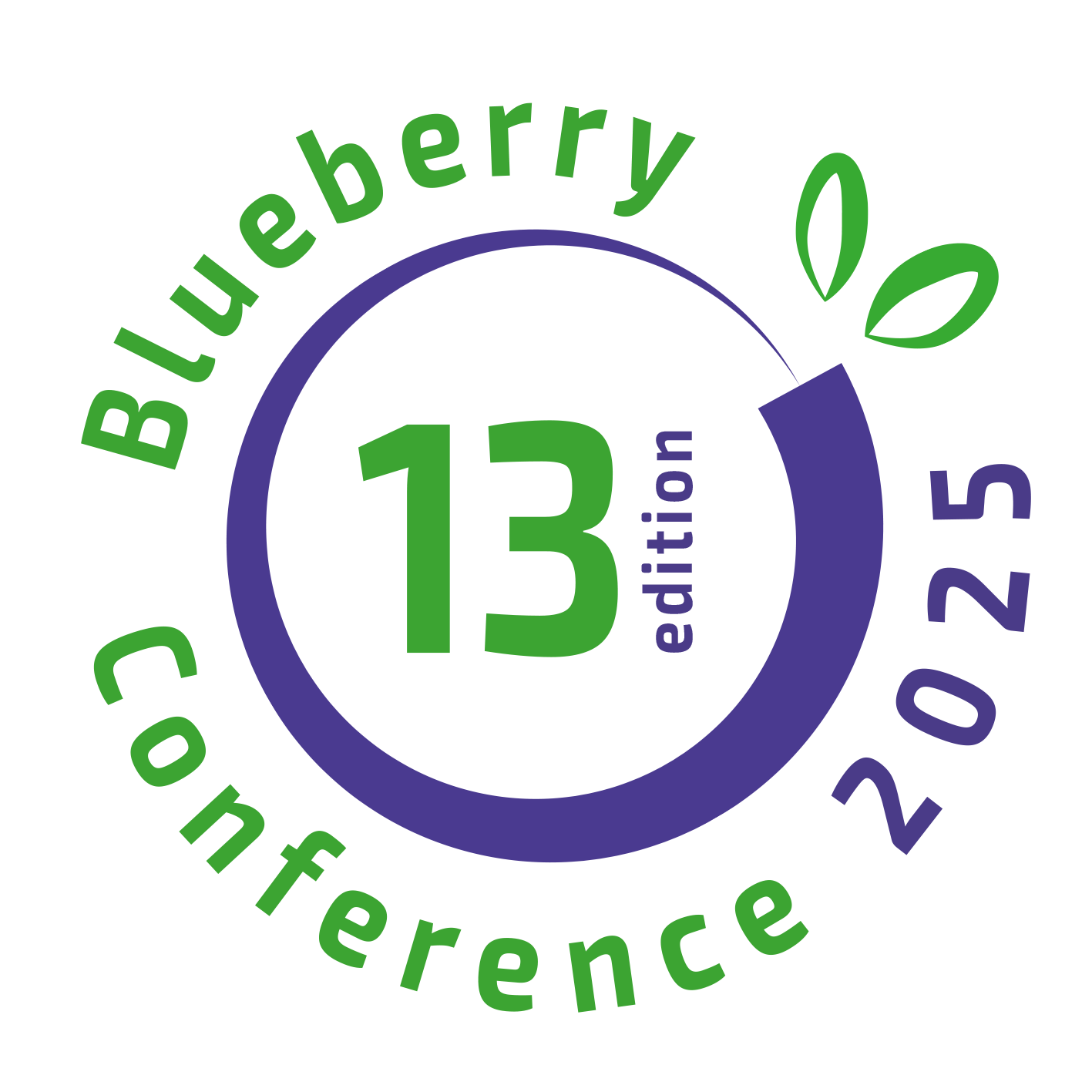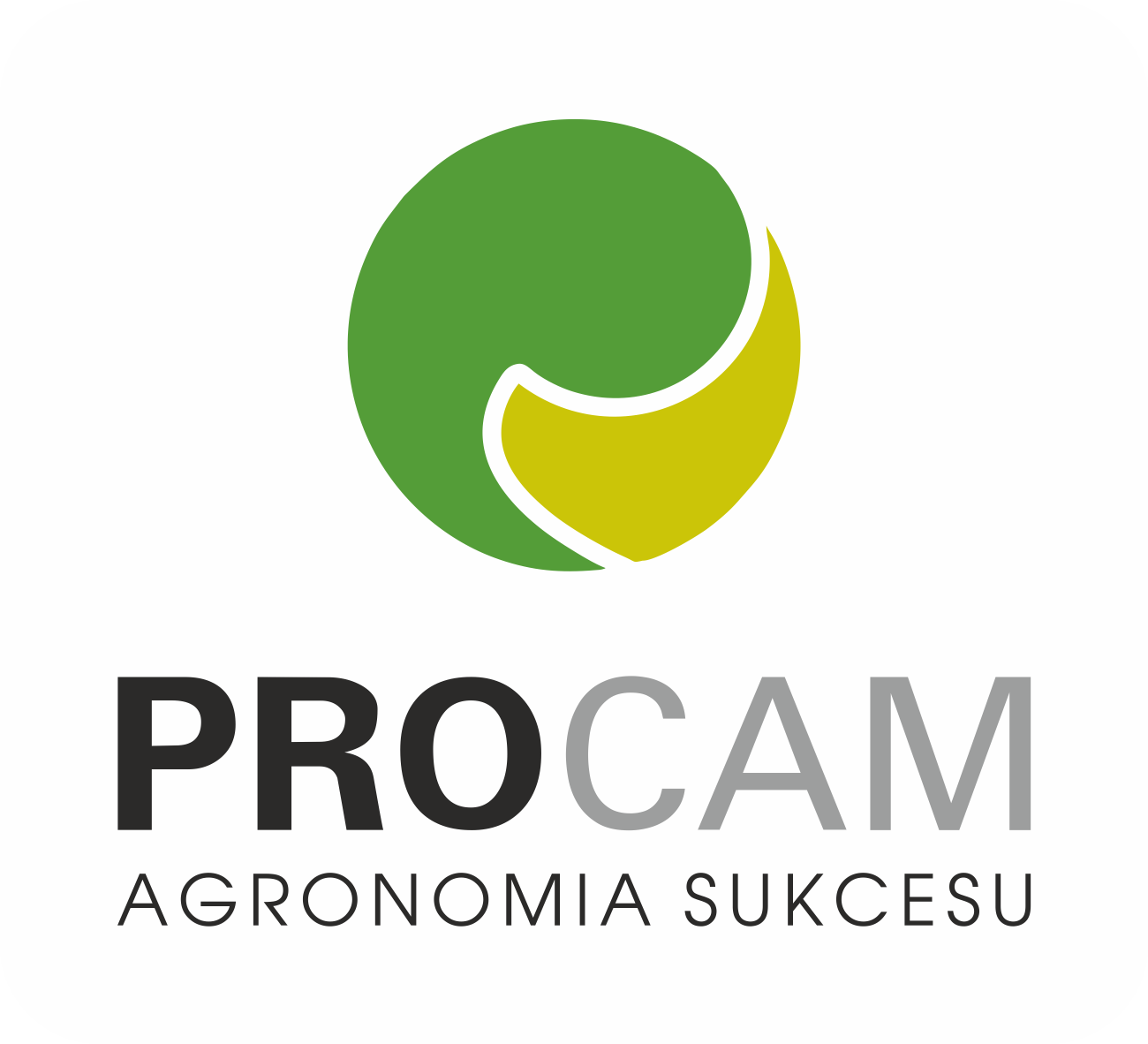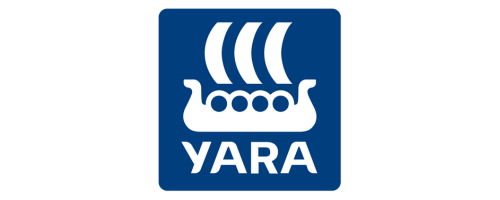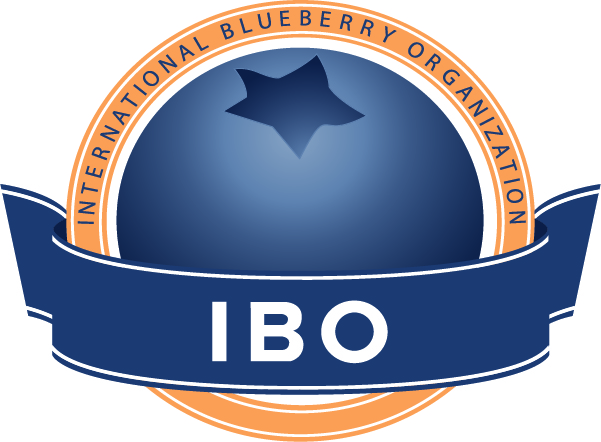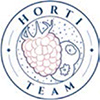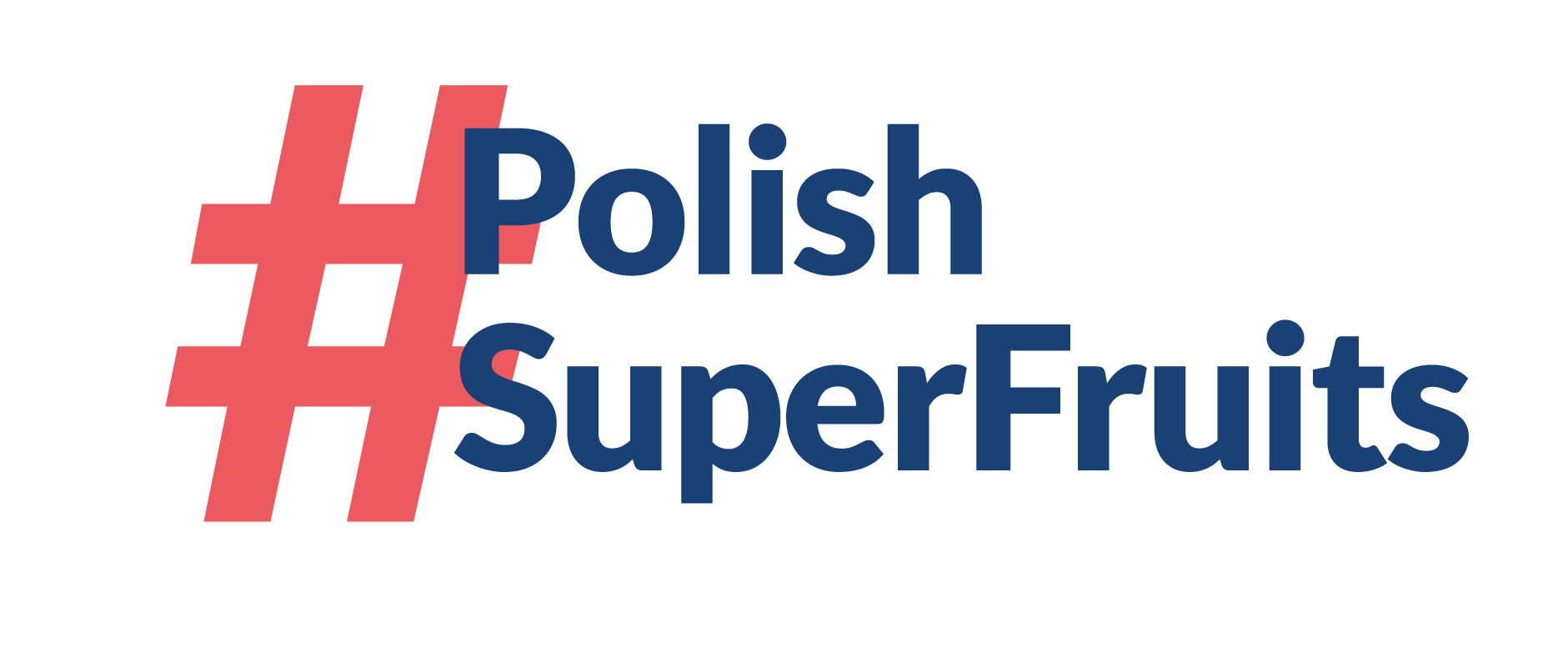Regenerating a Blueberry Plantation After Hail Damage: Step-by-Step Actions
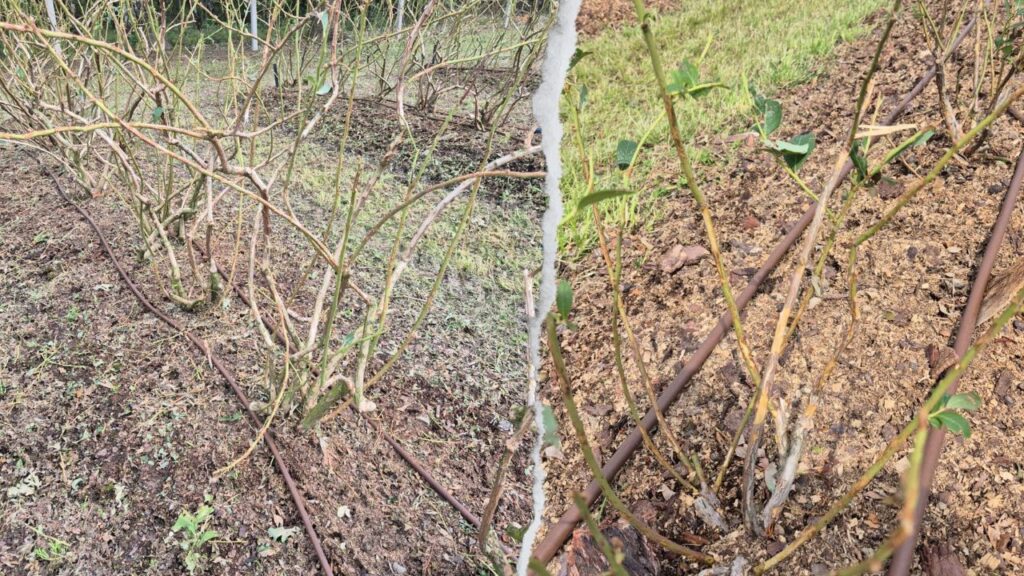
Hailstorms occurring during the critical stages of fruit development are not just a mechanical injury for plants; they trigger severe physiological stress that initiates a cascade of defense and metabolic responses. Damage to leaves, shoots, and fruit represents not only an immediate loss of yield but also a significant long-term risk to overall plant vitality, especially when it comes to preparing for the following season.
How to Effectively Support Blueberry Bushes After Hail Damage: Symptoms, Plant Responses, and Initial Steps
In response to tissue damage, plants initiate a stress reaction that involves the release of cellular signals such as calcium ions (Ca²⁺), jasmonic and salicylic acid (JA/SA), as well as volatile organic compounds (VOCs). These signals activate systemic resistance but simultaneously attract opportunistic microorganisms. High humidity and temperature further promote secondary infections, particularly by Botrytis, Alternaria, or Pseudomonas species, which readily colonize necrotic wounds and bark fissures. Ruptured cells immediately release glucose, fructose, and ethanol. These compounds attract pathogens, and ethanol in particular also draws Drosophila suzukii and facilitates bacterial infections.
This is why immediate intervention is essential: regenerative actions, physiological support, and infection prevention are critical to minimizing losses and ensuring effective plantation recovery.
In extreme cases, when hail leads to total defoliation, plants lose their ability to photosynthesize, regenerate, and defend themselves efficiently, drastically reducing their chances of survival without external support. At this stage, the focus must shift to stimulating recovery through the root system. This involves supplying regenerative compounds via soil application and triggering the activation of dormant buds, which serve as the foundation for structural regrowth. Their activation requires a carefully balanced physiological environment, with sufficient calcium and amino acids, while strictly avoiding excess nitrogen at this early phase, as it may induce weak, overly vigorous growth vulnerable to further stress.
Intervention: 0–24 Hours
First, all damaged fruit and leaves must be removed from both the bushes and the soil surface, as they represent potential hotspots for infection. Given that fresh wounds are highly susceptible to pathogen invasion within the first 24 hours, a copper-based spray (such as nanoCu at or below 0.25 percent) or a biofungicide should be applied no later than the following day.
The top priority is to rapidly seal physical wounds. A combined spray with copper, calcium, boron, and zinc, along with laminarin (or phosphonates in conventional systems), can help reduce VOC levels and close the so-called infection window within 48 to 72 hours.
After hail damage, all nitrogen fertilization must be strictly withheld, regardless of whether the plants have started regenerating and producing new leaves. Even nitrate forms of nitrogen can stimulate overly soft, rapid growth, which under stress conditions becomes an ideal target for pests such as aphids and thrips.
Days 1–3
In cultivation systems following IPM or organic standards, where copper use is avoided, effective alternatives include products based on Trichoderma harzianum, laminarin, or Bacillus subtilis (strain QST 713), which can reduce the development of gray mold and Alternaria infections by up to 50% [1]. In cases with a high risk of bacterial cankers, it is advisable to apply Pseudomonas fluorescens or ready-made biopreparations containing blends of Bacillus and Pseudomonas.
Sprays should be applied early in the morning or in the evening, under windless conditions and without direct sunlight, to minimize the risk of phytotoxicity and increase treatment effectiveness. For defoliated plants, treatments should focus on the shoots, particularly at branch junctions, visible wounds, and microcracks where infections are most likely to establish.
In practice, a spray containing a 0.3 to 0.5 percent mixture of amino acids and seaweed extracts is often recommended. However, it’s important to remember that the effectiveness of such treatments depends entirely on proper timing and the quality of the product. During the first 48 hours after hail damage, when water and assimilate transport is disrupted, plants are unable to efficiently metabolize amino acids or algae extracts. Furthermore, the presence of free amino acids in exudates may even promote the growth of pathogens such as Botrytis cinerea or Alternaria spp.
That’s why the third day after hail (72 hours) or later, once the first signs of regeneration are visible, such as swelling buds, new tissues, and active vascular flow, is considered the safest and most effective time for application. To ensure full protective effect, amino acids and seaweed extracts should be combined with elicitors such as chitosan and silicon, and secondary signaling compounds like salicylic acid and jasmonates.
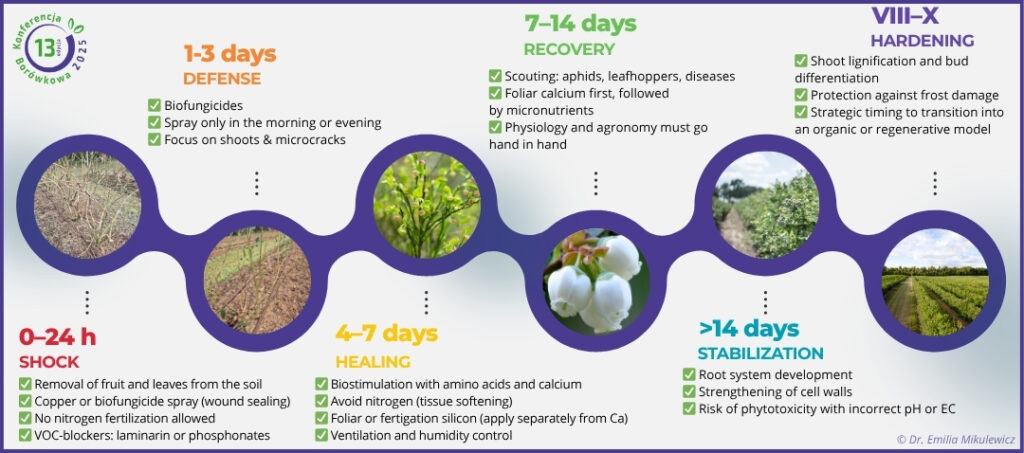
Days 4–7
Anti-stress biostimulation should be implemented no later than 7 days after the hail event. This is a critical window during which it’s still possible to effectively accelerate tissue healing and maintain photosynthetic activity.
During the regeneration phase, supporting plant tissues with a foliar spray containing amino acids and calcium is essential. Amino acids act as anti-stress agents, assisting in the repair of damaged structures and enhancing calcium transport within plant tissues. At this stage, nitrogen must still be strictly avoided, as young regenerating tissues are especially susceptible to softening and secondary infections.
As a complementary measure, silicon should be applied either via fertigation at 40–60 ppm or as a foliar spray, but only on young leaves. It is important not to combine silicon with Ca-EDTA in the same application. Treatments should be spaced at least 48 hours apart to prevent chemical interactions and maintain nutrient availability.
Excessive humidity during this period increases the risk of infection, so maintaining water balance and ensuring effective ventilation should be prioritized.
Days 7–14
Starting from day 5 after the hail event, the blueberry plantation should be monitored daily. This includes checking for symptoms of fungal diseases as well as bacterial cankers such as Pseudomonas or Xanthomonas, and observing any increase in pest activity. Aphids, leafminers, and leafhoppers are particularly dangerous, with populations often rising sharply between days 7 and 10 after hail.
Regular scouting allows for early detection of problems. If the plants have developed a sufficient leaf mass, a low dose of calcium nitrate can be applied. After a further 48 hours or more, a foliar application of micronutrients such as Fe-EDDHA, Mn, and Zn is recommended to support metabolic recovery.
Both the physiological response and agronomic intervention must be aligned to ensure a safe and effective restoration of the plantation.
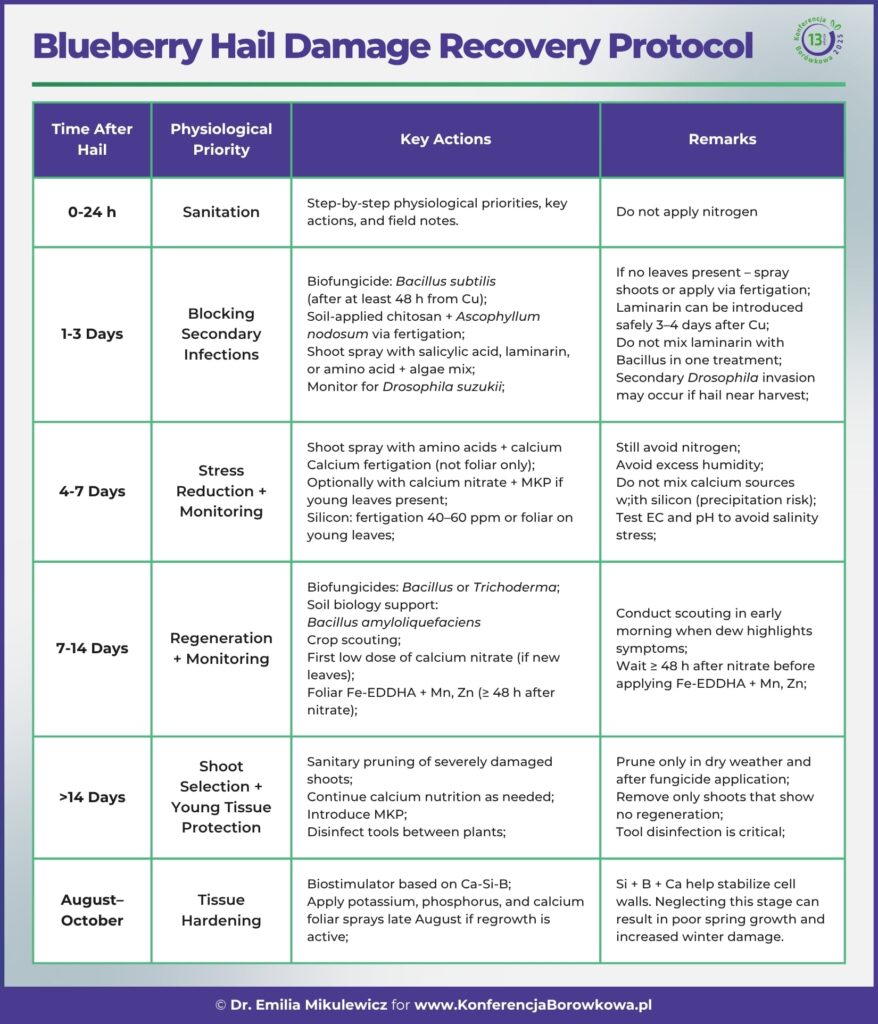
Day 14 and Beyond
Once new leaves have emerged, fertigation with monopotassium phosphate (MKP) at a rate of 1.5–2 kg/ha can begin. This supports root recovery, bud differentiation, and tissue resilience against stress and infections. At the same time, it is recommended to apply calcium in the form of calcium nitrate or Ca-EDTA chelate, which strengthens cell walls and helps prevent microcracking. Adding fulvic acids improves the bioavailability of nutrients and stimulates rhizosphere microbial activity.
MKP and calcium should not be applied in a single treatment unless separate injection lines are available, as this could cause precipitate formation. Fertilization should begin only after leaf development, since applying nutrients earlier poses a risk of phytotoxicity. It is essential to monitor pH and EC, as phosphates and chelates are sensitive to variations in these parameters.
Once the plants begin visible regeneration, sanitary pruning may be performed. This procedure must be carried out only on a dry, rain-free day, ideally after a protective fungicide spray, to reduce the risk of infection through fresh wounds. Only severely damaged shoots that show no signs of recovery and could become sources of infection should be removed.
Tool disinfection after each bush is a strict standard at this stage. Pathogens responsible for stem cankers, such as Phomopsis or Fusicoccum, can be spread through plant sap left on pruner blades. Effective disinfectants include 70% isopropyl alcohol (IPA) or a 1% sodium hypochlorite (NaOCl) solution.
Considering the extent of damage, time required for recovery, and the cost of regenerative treatments, this transition period should be viewed as an opportunity to implement long-term improvements. Gradually transforming the plantation toward regenerative or organic agriculture not only improves plant resilience but also reduces disease pressure and enhances yield stability in future seasons. This approach provides strategic protection against extreme weather events. Initiating the shift toward certified organic production also aligns with the global trend of increasing demand for food that meets international standards, enhancing both crop value and farm economic resilience.
August to October (VIII–X)
Between August and October, it is recommended to strengthen cell walls through biostimulation with calcium, silicon, and boron. If the bushes resume growth, then by late August a foliar application of potassium, phosphorus, and calcium is advised. This is a key moment for bud differentiation, shoot lignification, and preparing the plants for winter dormancy. Neglecting this stage may result in weakened spring growth and an increased risk of winter damage.
Summary
The effectiveness of post-hailstorm recovery depends less on the products themselves and more on the timing of their application and a solid understanding of plant physiology and potential interactions between treatments. Precise, phased actions such as rapid wound protection, controlled biostimulation, and late-season strengthening can help minimize losses and restore the plantation to full productivity.
It is also worth viewing the recovery period as a starting point for lasting change, toward production systems that are more resilient to extreme weather events, such as regenerative agriculture, agroforestry, or certified organic production.
[1] Kurniawan O., Wilson K., Mohamed R., Avis T.J. Bacillus and Pseudomonas spp. provide antifungal activity against gray mold and Alternaria rot on blueberry fruit. Biological Control. 2018;126:136-141. doi:10.1016/j.biocontrol.2018.08.001

